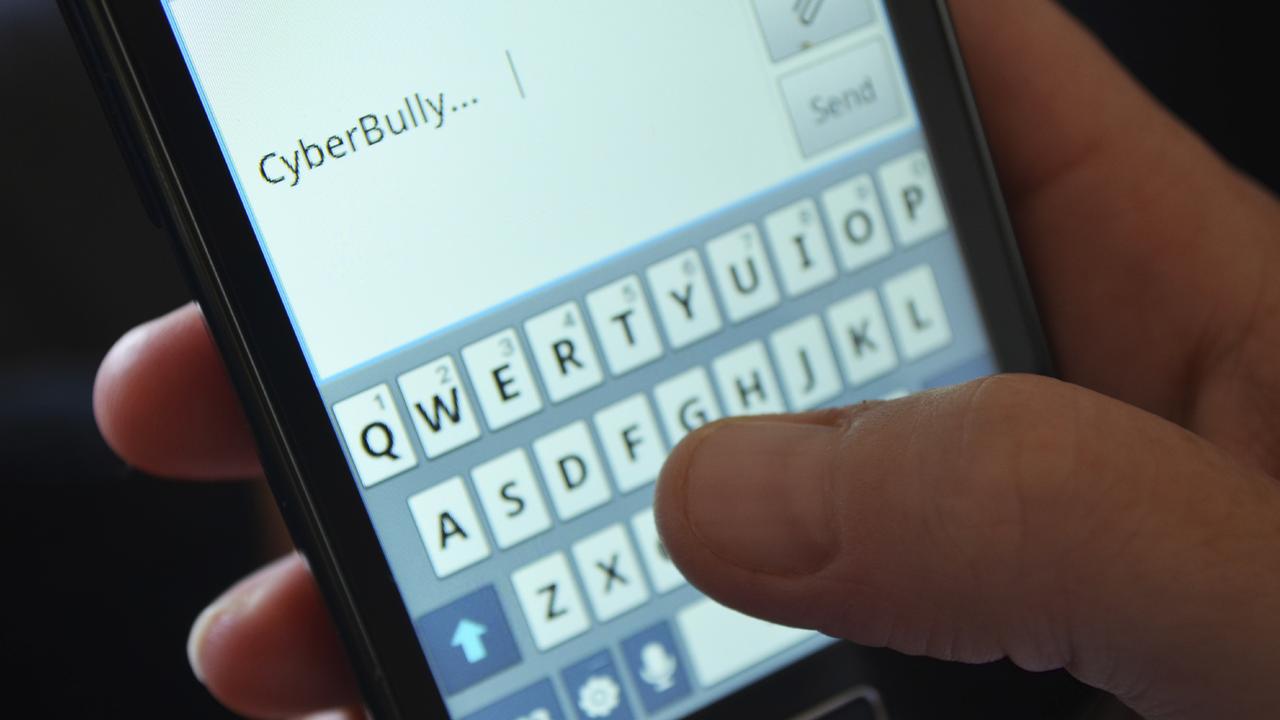Worst platforms for cyber-bullying revealed
The most common platforms where cyber-bullying is reported have been revealed, as Queensland reports a ‘supercharged’ spike.
QLD Politics
Don't miss out on the headlines from QLD Politics. Followed categories will be added to My News.
Online cyber-bullying among children has been “supercharged” during the Covid-19 pandemic, the online safety commissioner says, as complaints coming out of Queensland soar 15 per cent.
The vast bulk of complaints from social media come out of Instagram and Snapchat, but TikTok has now also entered the fray, while cyber-bullying is rampant in online gaming and private messaging services.
Australia’s eSafety commissioner Julie Inman Grant said despite the surge in complaints her organisation receives, bullying remains a bigger issue face-to-face than in the online world.
There were 178 complaints from Queensland in 2020-21, up 15 per cent from the previous year.

About one in five of the 934 complaints received nationally came from the Sunshine State.
Ms Inman Grant said the commission had seen a spike in complaints over the past two years, with a range of factors leading to this including greater awareness of the organisation.
“The internet became supercharged during this pandemic, as the whole world moved online to continue to work, learn and connect. And sadly the number of online harms became supercharged too,” she said.
“With all the extra time being spent online, the risk that something will go wrong increased too. And that’s what we’ve been seeing with big increases across all our reporting areas, including the online bullying of children.”
She said nearly half the complaints regarding cyber-bullying received by the commission regarded Instagram, at 48 per cent, followed by 19 per cent from Snapchat, 9 per cent from Facebook and 8 per cent from newcomer TikTok.
More popular social media platforms are expected to have a higher number of complaints due to the greater number of users.
“Our cyber-bullying team works with the young targets and the social media sites to have the offending content removed as quickly as possible,” Ms Inman Grant said.
Behaviour can include abusive texts and messages, hurtful messages, videos or images, humiliating people online, spreading rumours or creating false accounts to trick someone.
Despite the spike in complaints, Ms Inman Grant said face-to-face bullying was still more prevalent than online.

“When we asked young Australians about their experiences online, 55 per cent told us they had been treated in a hurtful or nasty way face-to-face in the past 12 months,” she said.
“Forty-five per cent told us they had been treated in a hurtful or nasty way online.”
She said parents taking away phones from their children if they feared they were being cyberbullied could be unhelpful as it could lead to them being alienated from their peers.
Instead the should take screenshots and collect evidence of the harassment before blocking and deleting posts, advise them against retaliation, and report it to the social media platform, the commissioner said.
If the bullying is serious and help is needed in getting the social media platform to remove posts the eSafety Commission can get involved.






